Understanding Whitening Skin
Whitening skin, often referred to as skin brightening or lightening, is a process that aims to reduce the appearance of dark spots, hyperpigmentation, and uneven skin tone, resulting in a more radiant and even complexion. It involves various methods, from skincare products to professional treatments, all working towards reducing melanin production or promoting the shedding of pigmented cells. It’s essential to approach skin whitening with realistic expectations and a good understanding of the potential benefits and risks involved. The goal is not always to achieve a drastically lighter skin tone, but rather to enhance the skin’s natural radiance and address specific concerns like sunspots or acne scars. Proper research and consultation with a dermatologist are crucial to ensure safe and effective skin whitening practices.
What Causes Dark Spots
Dark spots, also known as hyperpigmentation, are a common skin concern characterized by patches of skin that appear darker than the surrounding areas. These spots arise from an overproduction of melanin, the pigment responsible for skin color. Several factors contribute to the formation of dark spots. Sun exposure is a major culprit, as ultraviolet (UV) radiation stimulates melanin production to protect the skin. Hormonal changes, such as those experienced during pregnancy or due to hormonal imbalances, can also trigger hyperpigmentation, leading to conditions like melasma. Post-inflammatory hyperpigmentation (PIH) can develop after skin injuries, acne, or inflammation. Genetic predisposition also plays a role, with certain individuals being more prone to developing dark spots. Understanding the causes of dark spots is essential for choosing the most appropriate skin whitening methods.
Sun Exposure and its impact on Skin

Sun exposure is one of the most significant environmental factors that impacts skin health and contributes to uneven skin tone and the development of dark spots. Ultraviolet (UV) radiation from the sun stimulates melanocytes, the cells responsible for producing melanin, leading to increased pigment production. Prolonged and unprotected sun exposure can exacerbate existing hyperpigmentation and lead to the formation of new dark spots. The skin’s natural defense mechanism against sun damage is melanin, which acts as a protective shield. However, excessive sun exposure overwhelms this defense, resulting in sunburn, premature aging, and increased risk of skin cancer. Regularly using sunscreen with a broad-spectrum SPF, seeking shade during peak sun hours, and wearing protective clothing are essential steps to minimize sun damage and maintain a healthy, radiant complexion.
Effective Whitening Skin Methods
Achieving brighter, more even-toned skin involves a combination of effective methods. These methods often include skincare products, lifestyle adjustments, and professional treatments. Topical products containing ingredients like vitamin C, niacinamide, kojic acid, and retinoids can help reduce melanin production, exfoliate dead skin cells, and promote skin cell turnover, leading to a brighter complexion. Regular use of sunscreen is crucial to protect the skin from further sun damage and prevent the worsening of dark spots. Maintaining a healthy lifestyle, including a balanced diet, adequate hydration, and avoiding smoking, also supports skin health. For more significant results, professional treatments such as chemical peels and laser therapy can effectively target hyperpigmentation. The best approach often involves a personalized skincare routine tailored to individual skin concerns and needs, ideally developed in consultation with a dermatologist.
Use of Whitening Creams
Whitening creams are a popular choice for addressing skin discoloration and promoting a lighter complexion. These creams typically contain active ingredients that work to reduce melanin production, inhibit its transfer to skin cells, or promote the shedding of pigmented cells. Common ingredients in whitening creams include hydroquinone, a potent skin-lightening agent, though its use is often regulated due to potential side effects. Other ingredients include vitamin C, which is a powerful antioxidant, niacinamide, known for its anti-inflammatory and skin-brightening properties, and kojic acid, which inhibits melanin production. When using whitening creams, it’s important to follow the product instructions carefully, and start with a small amount to assess skin tolerance. Regular use, combined with sun protection, can yield visible results over time, but patience and consistency are key.
Benefits of Whitening Creams
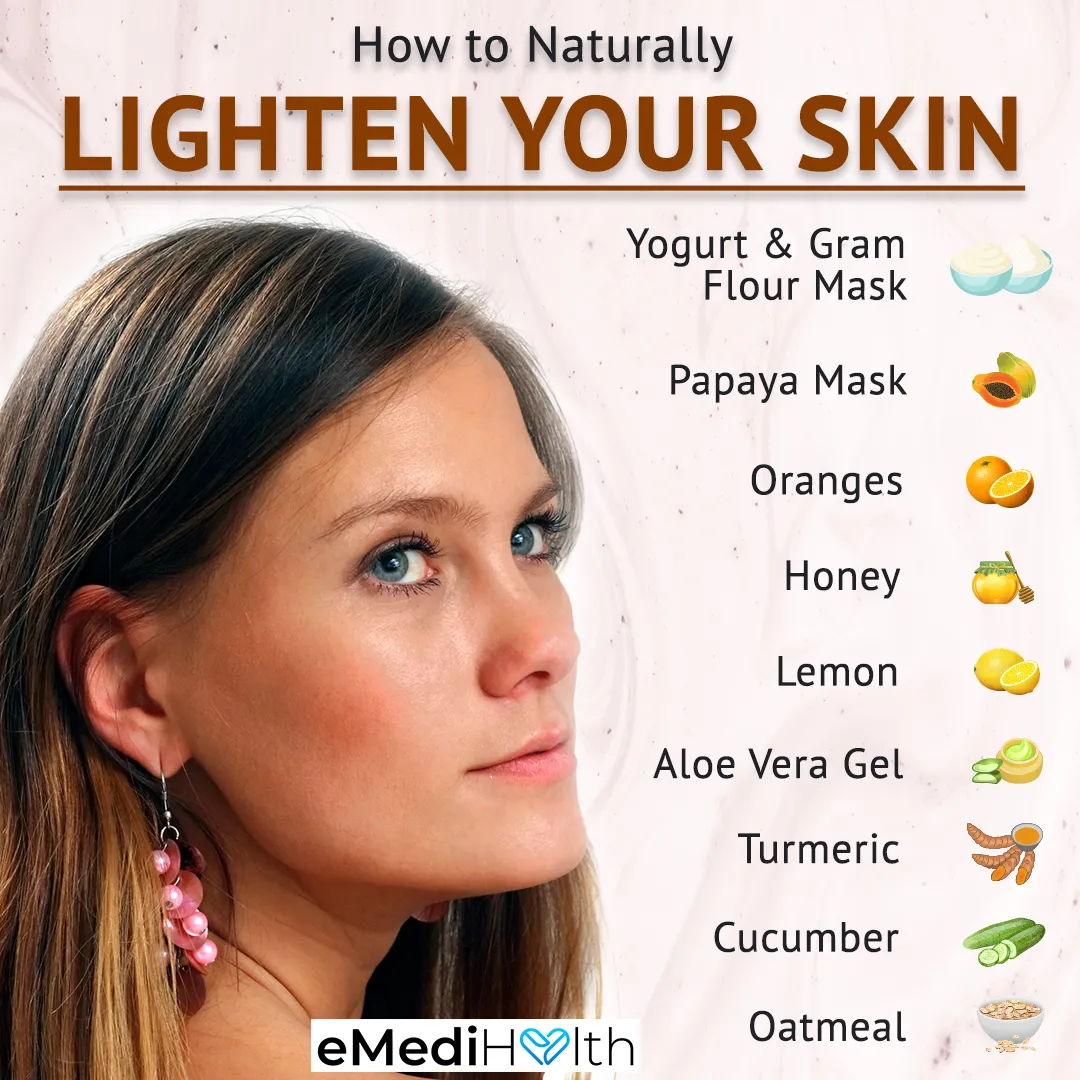
Whitening creams offer several potential benefits for those seeking to improve their skin tone and address specific concerns. The most apparent benefit is a reduction in the appearance of dark spots, age spots, and hyperpigmentation, leading to a more even and radiant complexion. Many whitening creams also work to improve overall skin texture by promoting exfoliation and skin cell turnover, resulting in smoother and softer skin. Certain ingredients in these creams, like vitamin C and retinoids, possess antioxidant properties, which can help protect the skin from environmental damage and premature aging. Whitening creams can also be effective in minimizing the appearance of acne scars and other forms of skin discoloration caused by inflammation or injury. Additionally, they can boost confidence and self-esteem by addressing skin concerns and helping individuals feel more comfortable in their skin.
Potential risks of whitening creams
While whitening creams can offer benefits, it’s essential to be aware of the potential risks. Some whitening creams contain harsh ingredients, such as hydroquinone, that can cause skin irritation, redness, and inflammation. Prolonged use of such creams can lead to ochronosis, a condition characterized by the bluish-black discoloration of the skin. Certain ingredients may also increase the skin’s sensitivity to the sun, making it more susceptible to sun damage. It’s crucial to carefully research and choose products with proven ingredients and follow the product instructions. Using whitening creams without consulting a dermatologist can also lead to unforeseen side effects and complications. Always perform a patch test before applying any new cream to a larger area of skin. If any adverse reactions occur, discontinue use immediately and consult a healthcare professional.
Importance of Sunscreen for Skin Whitening
Sunscreen plays a crucial role in skin whitening by protecting the skin from further damage and preventing the worsening of dark spots. Exposure to ultraviolet (UV) radiation stimulates melanin production, which can counteract the effects of whitening treatments and skincare products. Regular use of sunscreen with a broad-spectrum SPF of 30 or higher is essential to block harmful UV rays. Sunscreen should be applied generously and reapplied every two hours, especially during sun exposure. Choosing a sunscreen that is water-resistant and suitable for your skin type is also important. Consistent sunscreen use not only protects against hyperpigmentation but also reduces the risk of premature aging and skin cancer. By incorporating sunscreen into your daily skincare routine, you enhance the effectiveness of skin whitening efforts and maintain a healthy, radiant complexion.
Natural Remedies for Whitening Skin
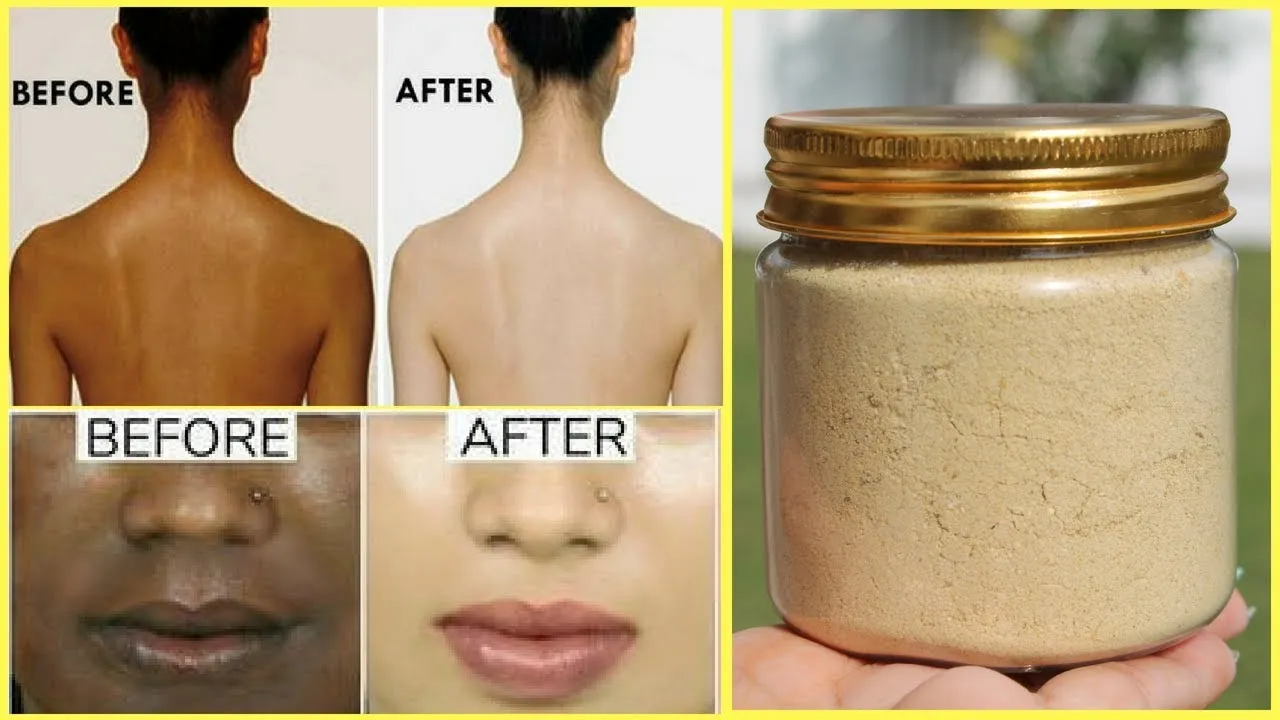
Many natural remedies can contribute to skin whitening and promoting a brighter complexion. These remedies often utilize ingredients with natural lightening and exfoliating properties. Using lemon juice, known for its citric acid, can help exfoliate the skin and reduce dark spots, but it’s crucial to dilute it with water and perform a patch test before applying. Turmeric, containing curcumin, possesses anti-inflammatory and antioxidant benefits, contributing to skin health. Aloe vera, with its soothing and hydrating properties, can help reduce inflammation and even out skin tone. Other remedies include honey, which moisturizes and brightens the skin, and yogurt, which contains lactic acid that gently exfoliates. It’s important to remember that natural remedies may require consistent use to see results and may not be suitable for everyone, especially those with sensitive skin. Consulting with a dermatologist or a qualified skincare professional is always recommended before using natural remedies.
The benefits of Lemon Juice
Lemon juice, renowned for its brightening properties, is a popular natural remedy for skin whitening. It contains citric acid, a natural exfoliant that helps to remove dead skin cells and reduce the appearance of dark spots and uneven skin tone. Lemon juice also has a high concentration of vitamin C, an antioxidant that helps to brighten the skin and protect it from environmental damage. However, it’s essential to use lemon juice cautiously. Always dilute it with water to reduce its acidity and avoid skin irritation. Perform a patch test on a small area of skin before applying it to your entire face. Lemon juice can also increase the skin’s sensitivity to the sun, so it’s crucial to use sunscreen when using this remedy. Consistent use, along with proper precautions, can contribute to a brighter complexion, but it’s crucial to monitor your skin’s reaction and adjust accordingly.
The benefits of Turmeric
Turmeric, a vibrant spice, offers numerous benefits for skin whitening and overall skin health. Its active compound, curcumin, possesses potent anti-inflammatory and antioxidant properties that can help reduce skin inflammation and protect against free radical damage. Turmeric can also help to inhibit melanin production, contributing to a brighter complexion. Using turmeric in face masks or skincare products can gradually reduce the appearance of dark spots and hyperpigmentation. Its antiseptic properties can also help treat acne and prevent breakouts, which can lead to clearer skin. Turmeric is generally safe for most skin types, but it’s always wise to perform a patch test before applying it to your entire face. Consistent use, along with other skincare practices, can contribute to healthier and more radiant skin.
Healthy Lifestyle for Whitening Skin
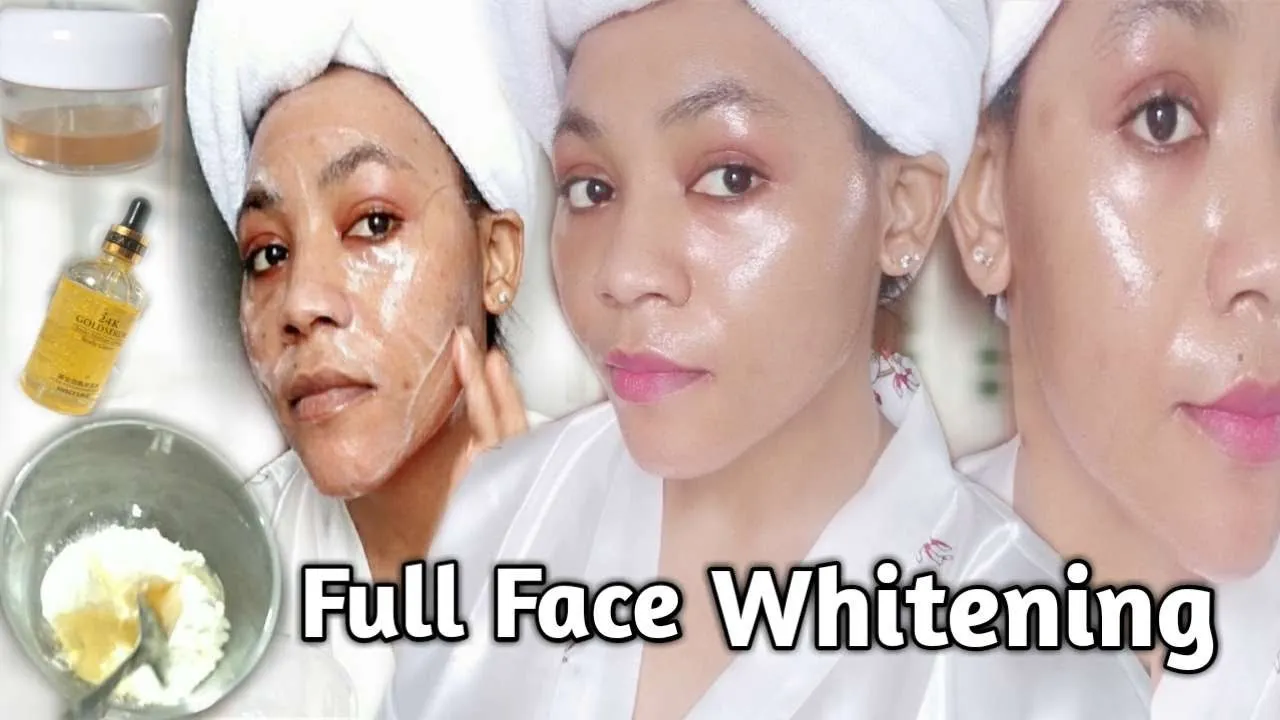
Adopting a healthy lifestyle is integral to achieving and maintaining brighter, more radiant skin. This involves several key factors that impact skin health. A balanced diet rich in fruits, vegetables, and antioxidants provides essential nutrients that support skin cell function and protect against damage. Regular exercise improves blood circulation, delivering oxygen and nutrients to skin cells, promoting a healthy glow. Adequate sleep allows the skin to repair and regenerate, reducing the appearance of dark spots and other blemishes. Avoiding smoking and limiting alcohol consumption are also important, as these habits can damage the skin and accelerate aging. Managing stress through relaxation techniques can further support skin health. A healthy lifestyle, coupled with a consistent skincare routine, provides the foundation for achieving and preserving a brighter complexion.
Diet and Hydration
Diet and hydration are fundamental aspects of a healthy lifestyle that significantly influence skin health and contribute to skin whitening. Consuming a diet rich in fruits, vegetables, and antioxidants provides the body with essential vitamins and minerals that promote skin cell regeneration and protect against environmental damage. Antioxidants combat free radicals, which can contribute to dark spots and premature aging. Adequate hydration is equally crucial; drinking enough water keeps the skin hydrated, improves its elasticity, and supports the removal of toxins. Dehydration can lead to dull, dry skin, making dark spots appear more prominent. Including foods high in water content, such as cucumbers and watermelons, can also help with hydration. A balanced diet and proper hydration support a healthy skin barrier, enhance the effects of skin whitening treatments, and contribute to a more radiant complexion.
The Role of Exfoliation
Exfoliation plays a vital role in skin whitening by removing dead skin cells, revealing the brighter, healthier skin underneath, and improving the effectiveness of other treatments. Dead skin cells accumulate on the surface, contributing to dullness and uneven skin tone, and can also trap melanin, making dark spots more visible. Exfoliation helps to slough away these cells, promoting skin cell turnover and allowing skin-brightening ingredients to penetrate more effectively. It can also help to unclog pores, reduce the appearance of acne scars, and improve overall skin texture. However, it is important to exfoliate gently and avoid over-exfoliation, which can irritate the skin and lead to inflammation. The frequency and type of exfoliation depend on the skin type, with individuals with sensitive skin needing to be more cautious. Regular exfoliation, incorporated into a comprehensive skincare routine, enhances the radiance of the skin.
Types of Exfoliation
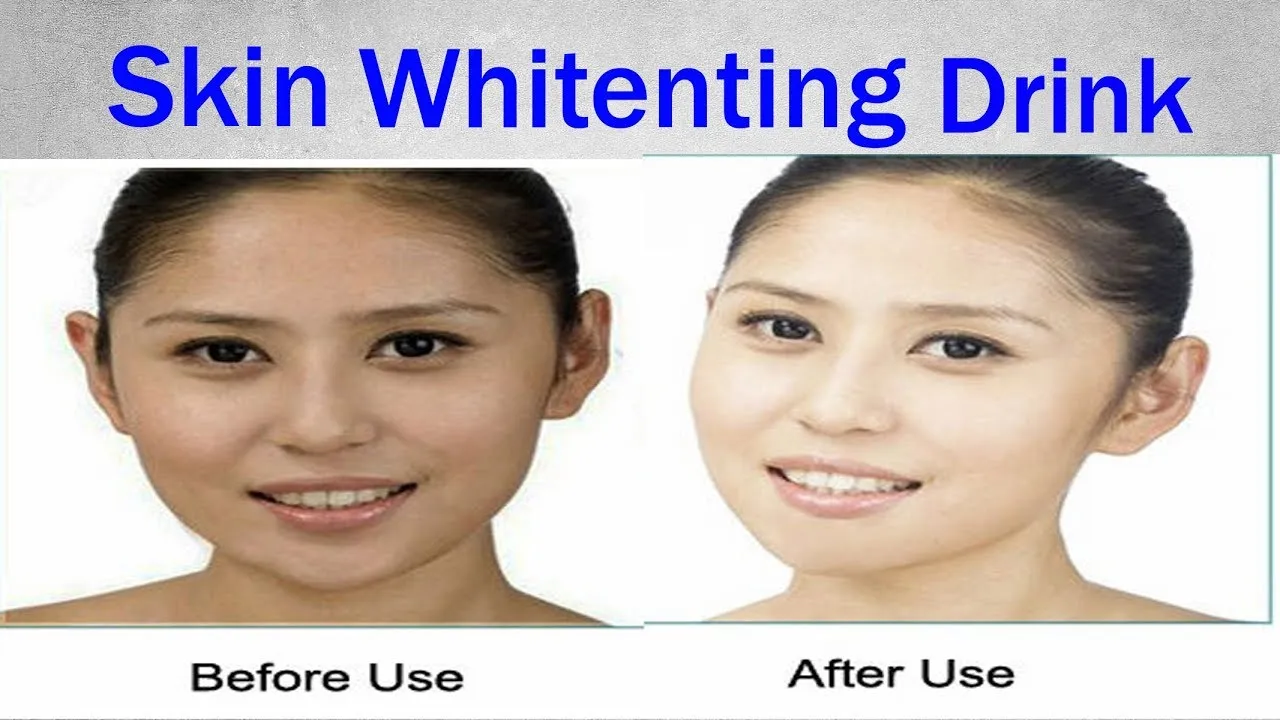
There are various types of exfoliation methods, each with its own benefits and considerations for skin whitening. Physical exfoliation involves using scrubs, brushes, or other tools to manually remove dead skin cells. Chemical exfoliation utilizes acids, such as AHAs (alpha-hydroxy acids) and BHAs (beta-hydroxy acids), to dissolve the bonds that hold dead skin cells together. AHAs, such as glycolic acid and lactic acid, are effective for exfoliating the skin’s surface, while BHAs, like salicylic acid, penetrate deeper into the pores. Microdermabrasion is a professional exfoliation method that uses a device to gently sand the skin, removing the outer layer of dead skin cells. The best type of exfoliation depends on the individual’s skin type and concerns. Those with sensitive skin should opt for gentle methods like chemical exfoliants or mild scrubs, while those with oily or acne-prone skin may benefit from stronger treatments. Consulting with a dermatologist is advisable to determine the most appropriate exfoliation method.
Professional Treatments for Whitening Skin
Professional treatments offer more advanced options for skin whitening, often providing more significant results than at-home methods. These treatments are typically performed by dermatologists or licensed skincare professionals. They can be tailored to address specific skin concerns and can be more effective in targeting stubborn hyperpigmentation. Professional treatments often include chemical peels, which use chemical solutions to exfoliate the skin and stimulate cell turnover, reducing the appearance of dark spots and improving skin texture. Laser therapy is another effective option that uses targeted light energy to break down excess melanin, reducing hyperpigmentation and promoting a more even skin tone. Microdermabrasion, as mentioned earlier, is a professional exfoliation technique that removes dead skin cells and stimulates collagen production. The choice of professional treatment depends on the individual’s skin type, the severity of the skin concern, and the desired outcome. Consulting a qualified professional is essential to determine the most appropriate treatment plan and to ensure safety and effectiveness.
Chemical Peels
Chemical peels are a popular professional treatment for skin whitening that involves applying a chemical solution to the skin to exfoliate the outer layers. This process removes dead skin cells, reveals brighter, more even-toned skin, and can reduce the appearance of dark spots, age spots, and uneven pigmentation. There are various types of chemical peels, ranging from superficial peels, which affect only the outermost layer of the skin, to deeper peels, which penetrate deeper and provide more significant results. The choice of peel depends on the individual’s skin type, the severity of the skin concern, and the desired outcome. After a chemical peel, the skin may appear red, sensitive, and slightly swollen for a few days. It’s crucial to follow the post-peel care instructions provided by the dermatologist, which typically include avoiding sun exposure and using gentle skincare products. Chemical peels can be very effective, but they also carry some risks, such as irritation, hyperpigmentation, and scarring, so it is vital to seek treatment from a qualified professional.
Laser Therapy
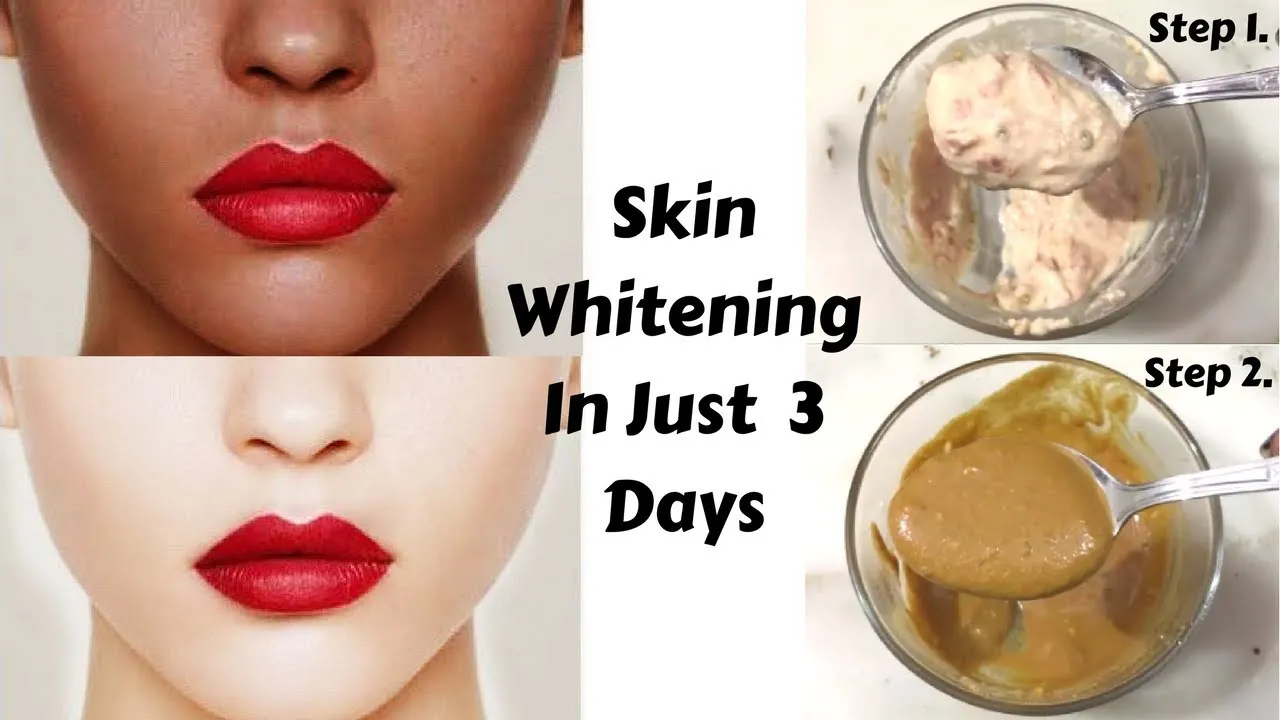
Laser therapy is a highly effective professional treatment for skin whitening that uses concentrated beams of light to target and reduce hyperpigmentation. Different types of lasers are used, depending on the specific skin concern and skin type. Intense pulsed light (IPL) therapy uses broad-spectrum light to target melanin, breaking it down and reducing the appearance of dark spots, sunspots, and freckles. Fractional lasers use microscopic beams of light to create tiny injuries in the skin, stimulating collagen production and promoting cell turnover. Laser toning is another option, using low-energy lasers to gently target pigment without damaging the surrounding skin. Laser therapy can provide significant results, but it’s essential to undergo the treatment from a qualified professional who can tailor the treatment to the individual’s needs and skin type. After laser treatments, the skin may be red and sensitive, and proper aftercare is crucial to minimize the risk of complications and maximize the benefits.
Maintaining Whitening Skin
Maintaining a brighter, more even-toned complexion requires consistent effort and a comprehensive approach. The foundation of maintenance is consistent sun protection. Regular use of sunscreen with a broad-spectrum SPF of 30 or higher is paramount to prevent the recurrence of dark spots and protect the skin from further damage. Continuing with a good skincare routine that includes skin-brightening products, such as those containing vitamin C or niacinamide, can help maintain the results achieved. Regular exfoliation, either through at-home or professional methods, is essential to remove dead skin cells and promote cell turnover, preventing dullness. Maintaining a healthy lifestyle, including a balanced diet, adequate hydration, and sufficient sleep, supports overall skin health. Avoid smoking and limit alcohol consumption to further improve skin health. Regular follow-up appointments with a dermatologist can help monitor skin health and address any new concerns. Consistency and diligence are the keys to maintaining a radiant complexion.
Conclusion
Achieving a radiant and even-toned complexion is an achievable goal through various methods and consistent effort. Understanding the causes of uneven skin tone and dark spots, combined with a proactive approach to skincare and lifestyle choices, is essential for success. Whether it’s incorporating skin-brightening products, embracing natural remedies, or exploring professional treatments, the path to brighter skin requires a personalized approach. Sun protection is a cornerstone of any skin whitening regimen. A healthy lifestyle, including a balanced diet, adequate hydration, and avoiding harmful habits, supports overall skin health. Consistent effort, patience, and a commitment to a well-rounded skincare routine are crucial for achieving and maintaining a radiant, healthy complexion. Remember to consult with a dermatologist to develop a personalized plan that is right for your skin type and concerns. Embracing these strategies empowers you to achieve your skin goals and feel confident in your skin.
